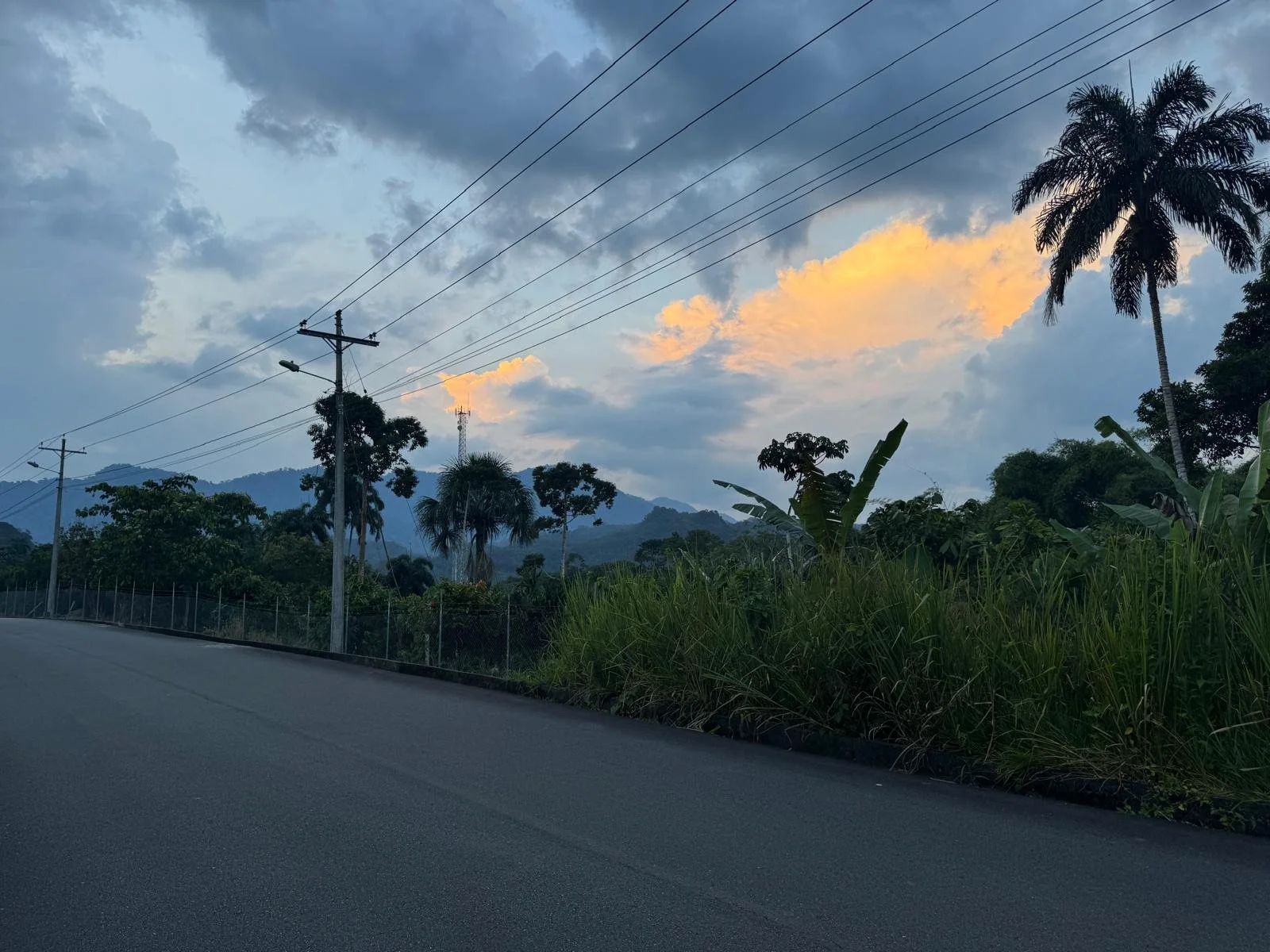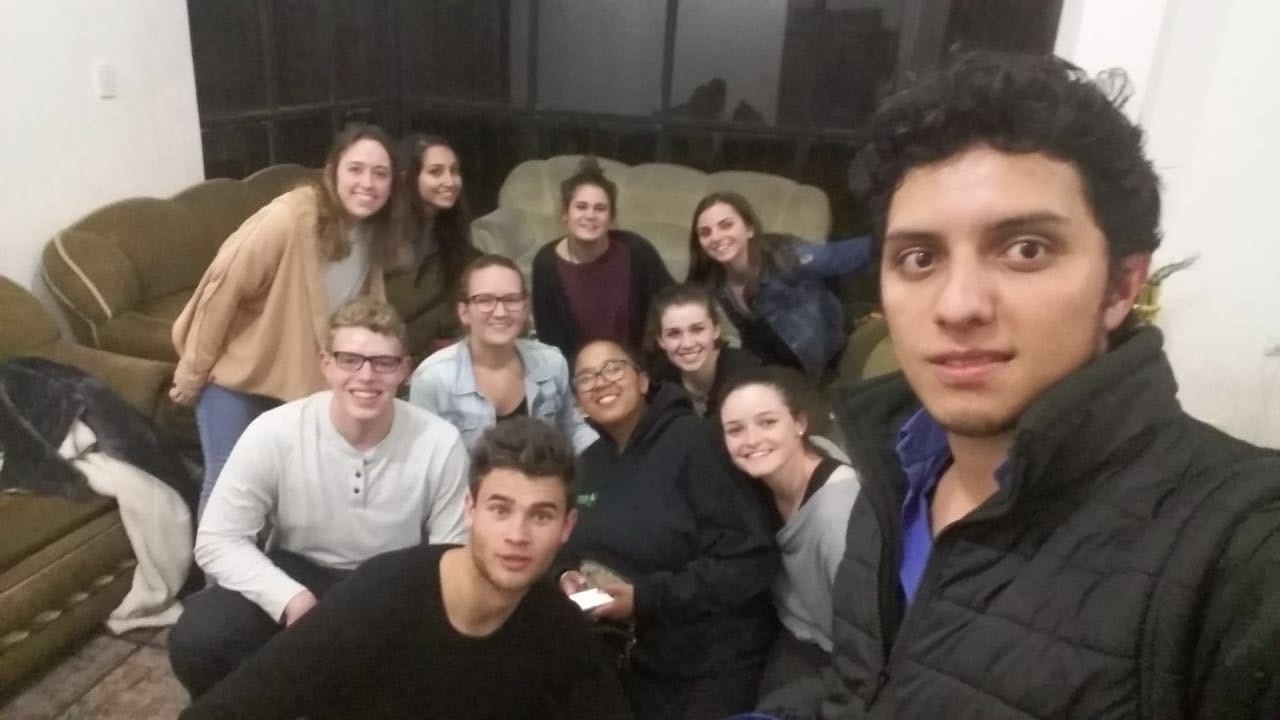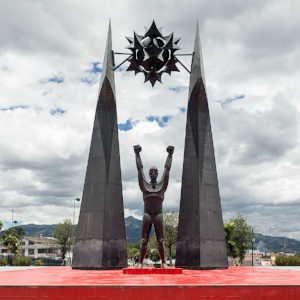Written by: Chrysta Blechschmid
Serving abroad changes lives, but they change in unexpected ways. I believe while I am serving abroad, I am not changing lives, but rather they are changing mine. Though my personal experiences with Oilers Serving Abroad and Manna Project International, my life as a timid, young college freshman has transformed into a confident, mature graduate student looking for more growth opportunities and stepping out of my comfort zone in any way I can.
Oilers Serving Abroad (OSA) is a student lead service abroad organization at the University of Findlay. Our mission statement is: “To provide opportunities for Oilers of diverse disciplines to serve our global community, learn about culture, establish relationships, and enrich our lives.” Last spring break, OSA decided to expand our program and partner with Manna Project International in Ecuador. This expansion was exciting, but also nerve wrecking. Would this new program meet our expectations? The answer was YES!
Spring Break 2019 was our first official program and we are excited to continue the relationship with Manna Project. These opportunities to serve abroad in college are eye-opening experiences that some students would never have had otherwise. Sometimes students need to take their heads out of the textbooks and truly learn and appreciate diversity and culture. Traveling is the best way to do that. It’s the best way to breakdown stereotypes and barriers.
“Be the Change you want to see in the world” is a famous quote by Ghandi. Sometimes, the first step in being the change is experiencing change. Opening your mind and eyes to new experiences, new hardships, and new relationships is important. Manna Project International and their holistic approach to service, showed me and my group of students that service is so much more than donating money or doing physical labor. Service and Leadership have many definitions. Service can be as simple as a smile or a listening ear. Service can be investing in the local economy by visiting local markets, and all forms of service can be meaningful. We had the opportunity to volunteer at a local pre-school, a sustainable gardening project and a special needs school, while also volunteering at the community center in the afternoons. The diverse options for service helped expand our service definitions. But most importantly service requires relationships. Without people, there would be no one to serve and no one to do the serving. By listening to the community and creating a lasting relationship at the community center, Manna is making a difference, and I am proud to be a part of it.
The biggest eye-opening experience to me last week, was creating a new definition of leadership. The amazing Program Directors at Manna Ecuador, specifically Gaby and Kate, and the Ecuador Country Director, Deborah, helped us realize that leading does not mean having all the answers, but having a plan. It also means being flexible and positive if an activity does not go as planned. Being a leader is not about bossing people around, it’s all about listening and leading by example. I felt as a leader of Oilers Serving Abroad, my own definition of leadership was changed, and I will always appreciate Manna for helping me grow and expand my mind.
Manna Project International in Ecuador is an amazing program with diverse service learning and eye-opening experiences. It helps students change their perspectives. Most of my program consisted of graduate Physical Therapy or Occupational Therapy students, so teaching English classes or assisting in cooking classes and the general language barrier, was not exactly in our comfort zones. We knew that the Nicaragua Site was more medical based, but by choosing to volunteer with Manna in Ecuador, we pushed beyond our comfort zones and grew. This type of growth is vital for any major and any profession and will certainly help us as future healthcare professions.
Below are some testimonies:
Gaige Rassman, Graduate Student in the Doctorate of Physical Therapy Program.
“My time in Ecuador changed my whole perspective on service. It was easy to see that Manna Project International was not only making a change in the community, but one that is going to last. They focused on the holistic approach that addressed the needs of the community for all ages. Manna showed me: being passionate and giving voice to others can make a lasting impact on the world around us and ourselves”
Tabitha Hossler, Graduate Student in the Doctorate of Physical Therapy Program
1 Peter 4:10, “Each of you should use whatever gift you have received to serve others, as faithful stewards of God’s grace in its various forms”
Adrian Ewald, Graduate Student in the Doctorate of Physical Therapy Program.
“Manna Project International in Ecuador was an experience that shifted the way I look at service. Interactions between the staff and the community members shower me that we all work for each other and we can all learn from each other. From this experience I learned how patience, laughter, and friendship transforms lives…including my own”
Jenna Bullock, Graduate Student in the Doctorate of Physical Therapy Program.
““We live in a wonderful world that is full of beauty, charm and adventure. There is no end to the adventures we can have if only we seek them with our eyes open.” – Jawaharial Nehru
My week at Manna was an eye-opening experience. It taught me about a culture different than my own and it taught me that service is more than hard labor; its investing in a community, forming relationships, and meeting needs of the people you live with. Ecuador taught me so much about hospitality as it welcomed me with open arms. I have learned so much from this experience, and I am forever grateful to Manna for the opportunity to partner with them and learn more about the world I live in.”
Gabi Lamb, Graduate Student in the Masters of Occupational Therapy Program.
“Even though I only got to spend my time with Manna for a week, I feel so connected to both the community members and those who help out at Manna. I love how Manna is a fun and safe environment for community members of all ages to come and learn from each other. The Ecuadorian culture is so welcoming and accepting of others and has challenged me to do the same here in the United States. This experience has led me to be more aware of other cultures I’m surrounded by and the endless ways that we can serve one another.”
Being part of the Oilers Serving Abroad family and expanding that family to Manna Project International was a great decision and I cannot wait for more students to get involved. Ecuador has a wonderful and welcoming culture that we can learn a lot from. I hope everyone gets the chance to go abroad and learn about another culture and learn about themselves along the way.



















